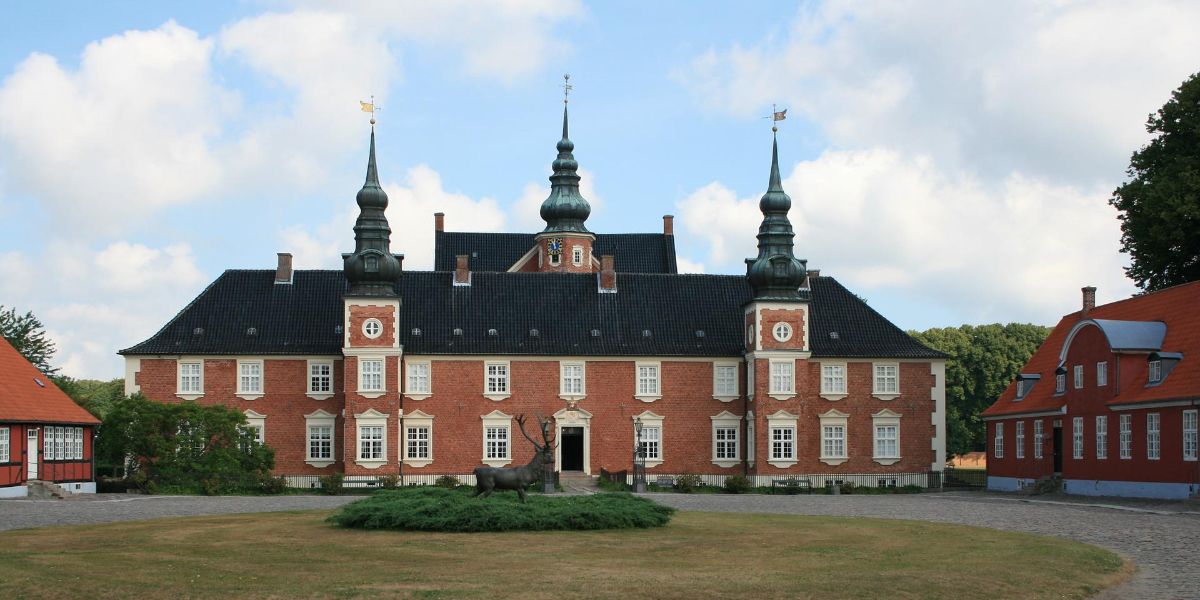The Danish Assessment Board gave its ruling on 16 August 2016, in the case of SKM2016.353.SR on the correct profit allocation to a permanent establishment (PE) in the form of a construction company.
Facts of the case:
The taxpayer is a foreign construction company engaged in building an installation for a Danish customer in Denmark. For its activities, the company used Danish suppliers and contractors which carried out their tasks on site. Furthermore, the foreign company employed one non-resident employee, who managed and supervised the installation project. He went to Denmark once every 8 weeks to monitor the progress of the installation project on the site. The activities lasted longer than 12 months.
The foreign company had applied a cost-plus method for the allocation of profits and did not allocate any profit to the Danish PE. This was, inter alia, motivated by the fact that no assets were transferred to the PE.
According to Danish law, a building site or construction or installation project constitutes a permanent establishment (PE) from the first day of operation, whereas under article 5 of the applicable tax treaty such activity constitutes a PE only if it lasts longer than 12 months.
Consequently, the issue was whether the company had applied a proper profit allocation based on the authorized OECD approach (AOA).
Decision of the board:
The Assessment Board began by observing that based on article 5 of the relevant tax treaty, the construction site constituted a PE. With respect to the profit allocation to the PE, the Board held that the company should have conducted a functional risk analysis. Based on this analysis, part of the functions should have been attributed to the PE because some of the functions were performed by the non-resident employee on the site.
Thereafter, the Board rejected the taxpayer’s argument that no assets were transferred to the PE. The Court observed that installations made during a construction process also constitute a transfer of assets to a PE. In this context, the Board decided that the project constituted an asset under the control of the company until the installation was finalized and handed over to the customer.
Accordingly, the Board disagreed with the taxpayer’s view that no profit had to be attributed to the PE. Instead, the Board decided that an arm’s length price should have been determined for both the functions attributable to the PE as well as the assets transferred to the PE.













